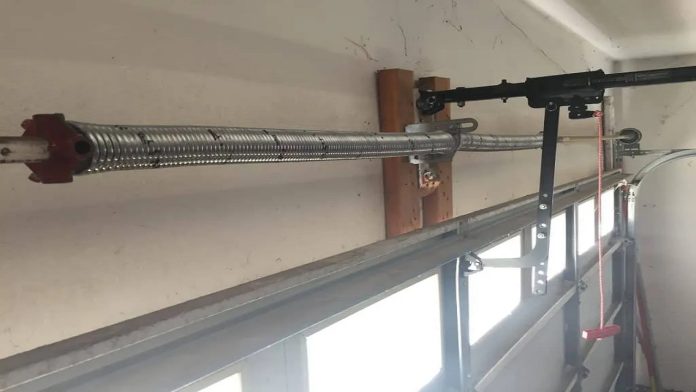The doors embossed with roll-ups are vital elements in the industrial and commercial world, rendering access that is convenient and secure. On the other hand, they require routine upkeep to operate optimally and to guarantee a high level of safety. One crucial element of the roll-up door is the spring which removes the weight of the door, and it also makes the operation smoother. The roll up door spring must be checked frequently, to avoid failure. The following are some techniques that you can employ to achieve the best results in Spring inspections.
Understanding Roll-Up Door Springs
Before we proceed with the checks, it is imperative to know that the springs in the roll-up doors play a crucial role. Roll-up door springs serve as a counterweight to the door, which is very heavy and as such, makes opening and closing of the door easier. They are found of many kinds ranging from torque springs and extension springs with their features and ways of installation. Springs that are in place correctly are of great importance for a door that works smoothly and safely.
Establishing an Inspection Schedule
Maintaining inspection consistency is the most important thing that spring inspections are made up of. A routine maintenance inspection plan helps prevent due time stoppage of unexpected breakdowns by detecting problems at an early stage. By such details as usage frequency or the conditions of the environment, inspections may take place quarterly or every half-year. Also, the inspectors should be trained and familiar personnel with roll-up door systems.
Visual Inspection
Conduct a visual inspection of the roll-up door springs when you are in the first stage of assessing the condition of roll-up door springs. Seek out the elements of wear and tear, corrosion, or damage, such as rust formation, fractures, or distortion. Watch out for the springs that are under the most tension, as these are the most likely to break or show signs of wear and tear. There should be a proper record of any abnormalities and they should be resolved at once without waiting for things to get worse.
Functional Testing
Visual testing is a primary method, yet functional testing can also be used to determine how efficiently the springs function. Open the door by moving it in all possible directions while making sure you don’t hear any strange sounds or encounter any obstacles. A good quality spring basically should offer a smooth and uniform function without excess noise or vibration. If you find any difference while testing, it is advisable to track the further diagnosis and maintenance.
Maintenance and Repairs
Periodic maintenance is a musty thing for the long life of the springs of the rolling door and to make sure that they are not going to unexpectedly fail. Lubricate the parts that move with the amount suggested by the manufacturer to avoid friction and excessive wear. Furthermore, make sure to replace quickly the damaged or worn springs to avoid safety hazards and expensive stops. It is always better to hire certified professionals for the repair or replacement of complex parts to obtain a good installation procedure.
Conclusion
First of all, when it comes to roll-up door operation at maximum efficiency, the inspection of springs should be a routine activity. Through a well-developed and consistent inspection plan, completing visual assessment, performing function tests, and addressing maintenance requirements as soon as possible, businesses can minimize downtime, reduce repair costs, and establish the safety and reliability of their roll-up door systems.










